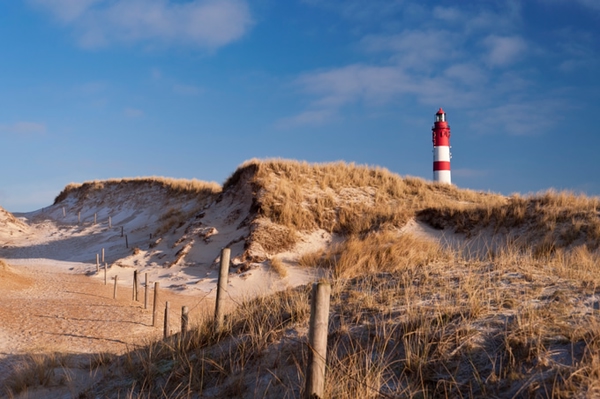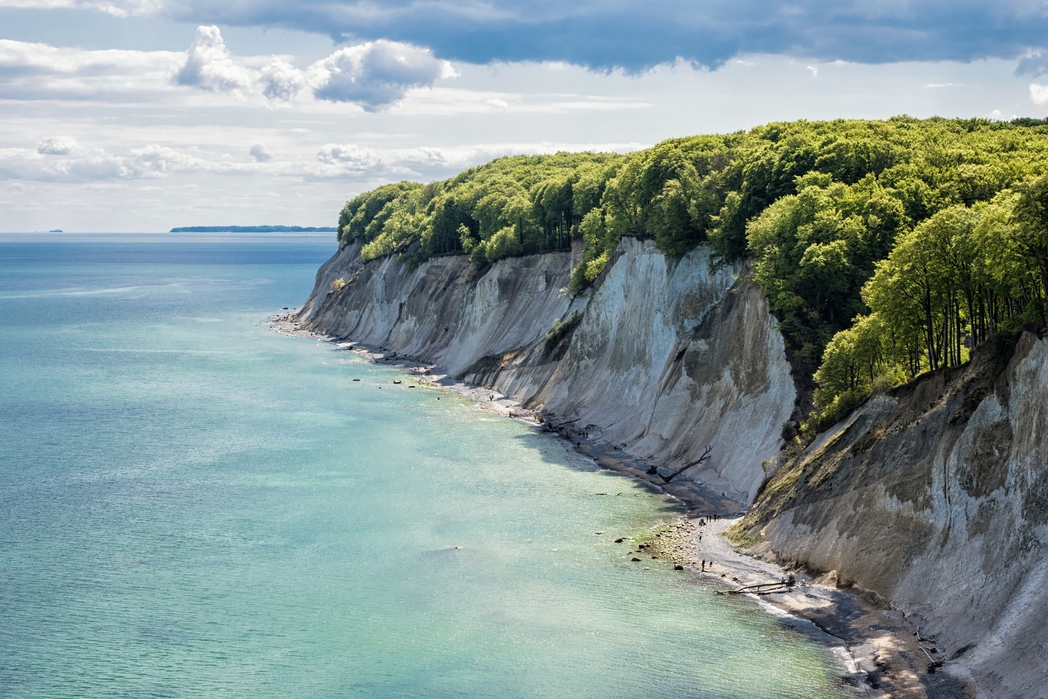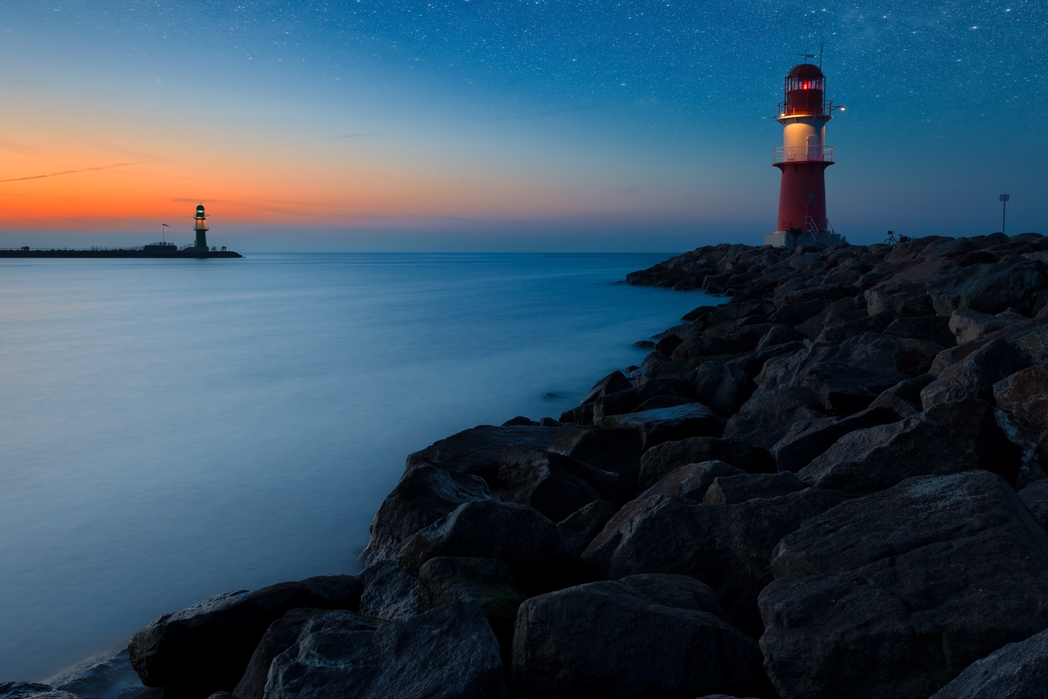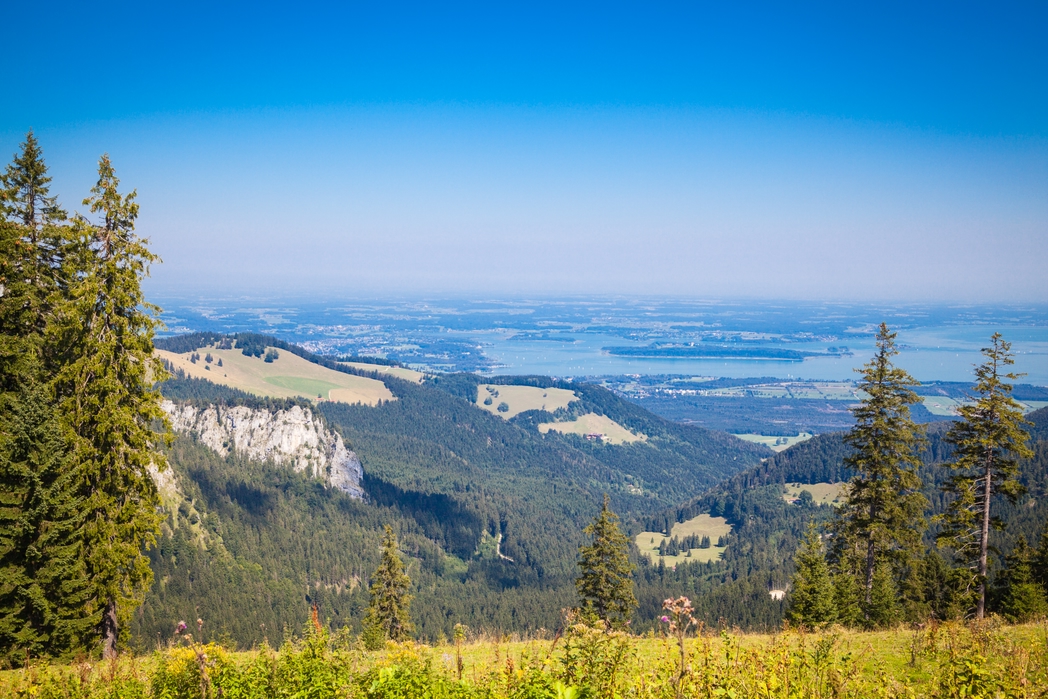
Germany‘s beaches may not be as famous as those of Greece or Spain, but the country boasts some of the best stretches of sand in Europe.
From the popular seaside resorts of the Baltic coast to the ‘Bavarian Sea’, here are our top 10 best beaches in Germany, in glorious pictures…
10 best beaches in Germany for summer 2019
1. Sylt

Germany‘s northernmost island is fondly known as the ‘Queen of the North Sea’. While lovers of Lindisfarne or Heligoland may disagree, Sylt can claim the crown thanks to its beaches. There are nearly 40km of fine sandy beaches along its west coast, so you should be able to find a spot for yourself. Wide Wenningstedt is best for families, while the white-sanded Samoa and Sansibar are tropical at least in name. End a day on the beach with watching the sunset from Rotes Kliff (red cliff) near Kampen.

2. Bay of Lübeck
Known more to historians than students of the sun, the Bay of Lübeck boasts more than one beautiful beach. There’s Timmendorfer, Scharbeutzer, Grömitzer (plus the dune beach at Dhame) and Pelzerhaken in the south, where you have the sun for the whole day. If you get bored of the beach, there are several lighthouses and the pier at Scharbeutz to explore, and break for an appropriately ocean-going lunch in the fishing village of Sierksdorf.
3. Usedom
The Pomeranian island of Usedom, shared between Germany and Poland, has a 45km-long coast with stunning sandy beaches trailing along small bays. Popular spots are the seaside resorts Drei Kaiserbäder, Bernsteinbäder and the Ostseebäder. Zempin is the smallest seaside resort in Usedom, more boutique than bucket and spade, where you’ll always find a quiet spot. Leisure opportunities on the island include horse riding, cycling and, when you need to relax again, thermal spas.
4. St. Peter-Ording
SPO in Schleswig-Holstein is known more for its healing quality sulphur springs than its beach. But a walk along its 12km-long stretch is sure to do wonders for body and mind. The tide recedes a long, long way, so you have to walk a while to get to the water if it’s out. Although it’s very popular amongst kite surfers, as well as bathers, its size means it rarely gets busy.
5. Amrum

The island of Amrum is south of Sylt, with the Wadden Sea on its east side, and on its west, the Kniepsand, a 10km-wide sandbank. Amrum is also known as the ‘Island of Freedom’ and on an early summer’s day you may well have a beach to yourself.
After Germany, why not head south to Greece. Check out our Greek island guide 2019.
6. Hiddensee
The Baltic island of Hiddensee covers a mere 17 square kilometres. It is completely car-free, so you have to leave your vehicle behind at the harbour and continue on foot, or horseback, or by bike, or the ‘Bimmelbahn’ toy train. The west coast of the island is one long sandy beach, backed by sand dunes. The sections at Vitte, Kloster and Neuendorf are manned and cleaned regularly, which makes them popular. The gently-shelving beach next to Vitte is a family-favourite, but it also has a designated nudist area.
7. Juist
Juist is one of the seven inhabited East Frisian Islands, which stretch across the north coast of Germany. The island is 17km-long with an equally extensive white sandy beach, which is completely accessible and perfect for long walks. Driving is also not allowed on Juist; the transport is provided by a fleet of 100 horses.

Searching for sunnier climes? Here is our guide to 10 perfect playas in Spain.
8. Rügen

Germany’s biggest island, Rügen boasts around 60km worth of beaches and several seaside resorts, including Binz, the biggest one on the island. The chalk cliff (pictured) is an impressive sight, while atop the cliffs are the ancient beech forests of Jasmund National Park, which are a UNESCO world heritage site. In addition, Rügen is one the sunniest – and the hottest – places in Germany, with an average of 1800 hours of sun each year.
9. Rostock

With a good beach of fine sand, Warnemünder is the seaside resort part of Rostock in Germany’s north-east, situated where the River Warnow flows into the Baltic. Graal-Müritz is another resort near Rostock, which draws the crowds – not only to its beach but to its rhododendron festival held every spring.
Stuttgart features in Skyscanner’s Top 20 Trending Destinations 2019, while it also topped our list of Best Value Destinations. Why not combine your laidback beach holiday with a short break in one of Germany’s most exciting cities.
10. Chiemsee

A beach doesn’t have to be by the sea. Germany has many lovely lakes, including Chiemsee, known as the ‘Bavarian Sea’. Another national favourite is Lake Constance. Both attract people to dip their toes in freshwater when the sun is high in the summer sky.
Planning a staycation this summer? Here are 8 of the best lakes in Ireland for activities in 2019.
The 10 best beaches in Germany for 2019
| 1. Sylt |
| 2. Bay of Lübeck |
| 3. Usedom |
| 4. St. Peter-Ording |
| 5. Amrum |
| 6. Hiddensee |
| 7. Juist |
| 8. Rügen |
| 9. Rostock |
| 10. Chiemsee |
*Updated June 2019. Information correct at the time of publication but may be subject to change.
Skyscanner is the world’s travel search engine, helping your money go further on flights, hotels and car hire.

